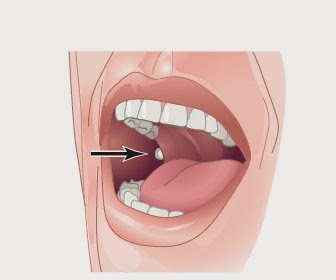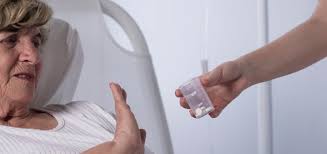
Studies have shown that the atmosphere of a mental hospital influences the likelihood of improving one with a severe mental illness. One Flew Over the Cuckoos Nest is a great example of how a negative atmosphere and authoritative behavior can have a negative impact on the patients’ treatment and improvement on their mental health. The importance of having the role of treating patients that have a history of mental health is being able to not view them as having a problem, but to treat them like the average person. Nurse Ratchet is one that uses her authoritative behavior to make the patients in the ward feel like they are not like the average person. This authoritative behavior creates a negative atmosphere for the patients and many times the patients in the ward mimic her unjust behavior. This book is a reflection of why having a positive atmosphere in a environment where there are patients struggling with a mental disorder is important. Having this role should encourage you to bring someone to a healthier state of mind and help them better themselves, not tear them down. It was bad enough that during this time, mentally ill patients were seen as a threat to society, but having people that are looking down on the patients instead of helping improve their well-being makes it worse.
GRALNICK, A. (1989). IS THERE A CONTINUING ROLE FOR THE MENTAL HOSPITAL?: A Personal View. International Journal of Mental Health, 18(4), 3-12. Retrieved from http://www.jstor.org/stable/41344550
Morton, D., & King, J. (1975). Changes in a Mental Hospital’s Treatment Milieu. Social Science, 50(2), 94-100. Retrieved from http://www.jstor.org/stable/41959750
Dinitz, S., Lefton, M., Simpson, J., Pasamanick, B., & Patterson, R. (1958). The Ward Behavior of Psychiatric Patients. Social Problems, 6(2), 107-115. doi:10.2307/798883







/what-is-positive-punishment-27954111-5bad1da04cedfd0026bc08b2.png)




